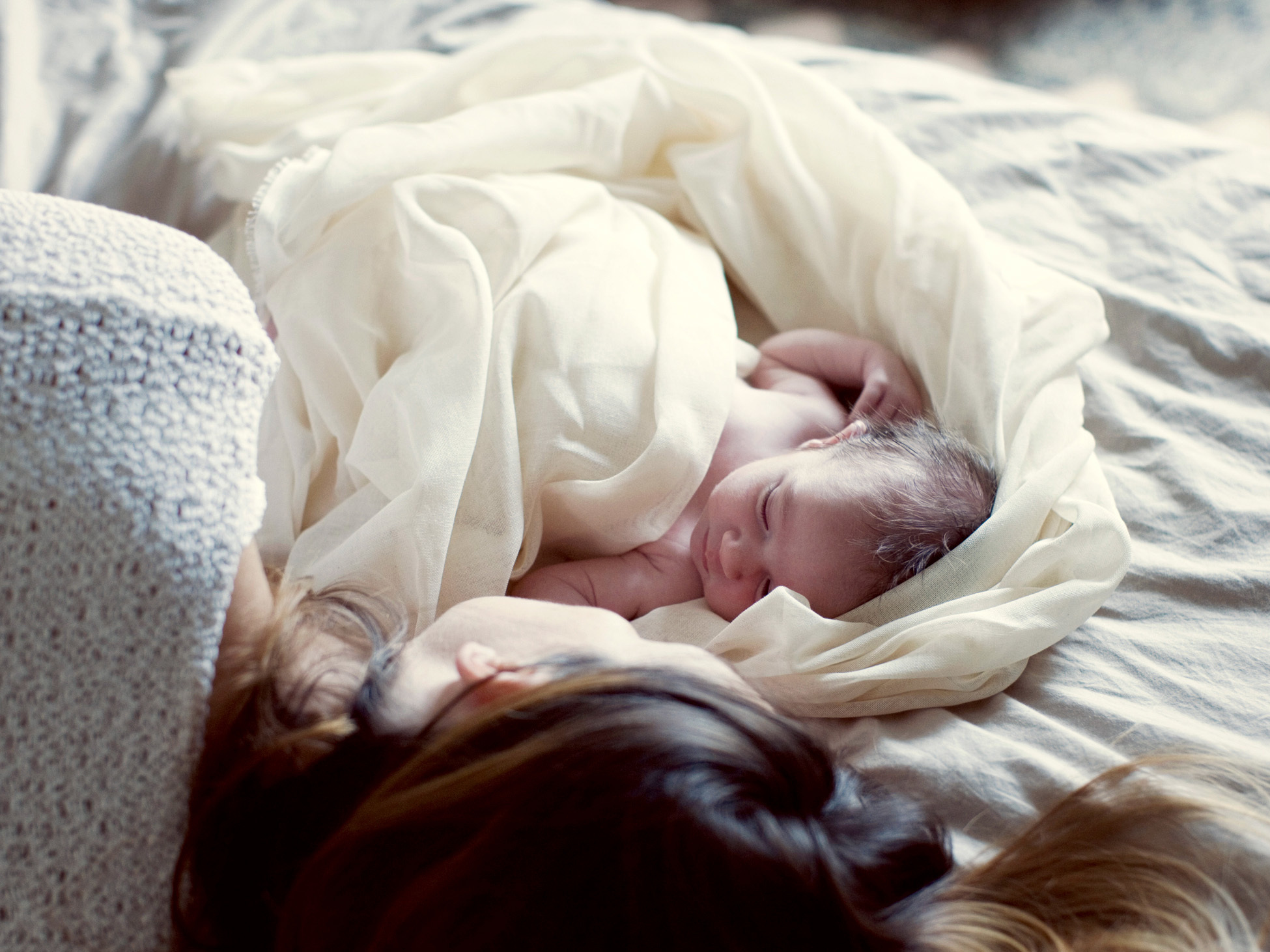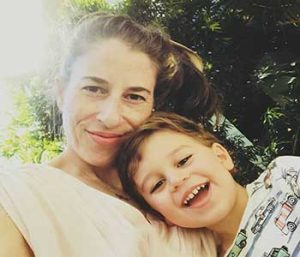That Night You Thought “What If This Never Gets Better?”
You rocked, you whispered, you tip-toed through another “sleep training” promise only to wake up at 3 a.m. still wondering whether you’re the one failing your baby.
You’ve followed the “rules”: lay them down awake, leave them to self-settle, schedule every hour…Yet you’re exhausted. Your baby still wakes. Your worry still whispers: “Am I doing this wrong?”
If this is you, please stay with me!… Because you’re not the problem. The rule-book is!
Motion Sleep, Independence Myths & Why the “Fix It Now” Model Misses The Mark
Here’s what the mainstream sleep guides tell you: “Put your baby down drowsy but awake. Let them cry. Next day, progress.”
I say Pffffff to that!
What if that narrative is upside-down? What if your baby’s rest isn’t a skill to be taught but a rhythm to be supported?
They move, twitch, and stir because their nervous system is wiring. They “need” motion not because you did it wrong but because their development demands it and the push for rigid independence often overlooks the biological truth of sleep.
I challenge: motion sleep isn’t a setback; it’s a signal. Independence isn’t the goal but connection is.
What Sleep Science Actually Shows
Infants don’t follow the same sleep architecture as adults. Their sleep cycles are shorter, the homeostatic and circadian drives are still maturing.
For example, babies begin to show adult-style circadian rhythms only after several weeks, sometimes months.
Moreover, infants’ sleep is closely linked with cognitive and physical growth: one narrative review found that infant sleep development dynamically interacts with their overall growth trajectory.
In short: your baby’s wake-windows, motion, and night-wakes aren’t signs of failure they’re signs of development. They need rest not rigid training.

What Changes When You Shift From Rule-Chasing to Rhythm-Tuning
When you stop battling your baby’s sleep and instead listen to their rhythm, the shift is profound:
- Bedtimes feel less like a deadline and more like a welcoming ritual.
- Naps become predictable because you’re working with awake-windows instead of against them.
- Night wakes become shorter and safer because you trust the cues not the clock.
- You become the parent who models rest rather than enforces it.
And the sacred benefit? You repair your nervous system too! Yup!..your baby’s sleep and your rest are connected!
3 Steps from “Rest & Resilience” to Real Rest for Your Baby
- Watch the Rhythm Rather Than Force the Clock.
Instead of “baby must sleep 10 hours straight,” observe when your baby naturally slows, looks away, or reaches for motion. That’s their cue for transitioning into rest. - Embrace Motion & Regulation Over Strict Stillness.
If your baby kicks, wiggles, or craves movement it’s not rebellion. It’s a brain-body making sense of experience. Offer quiet motion (a slow swing, a dance hold) before laying down. Then shift into stillness. - Rebuild Rest with Connection First.
Replace “sleep training” with “sleep tending.” Offer safety: your voice, your presence, your predictable rituals. Over time, your baby’s nervous system learns that rest = connection = safety. That’s restful sleep.
Want to Go Deeper?
If all of this resonates, you’re going to love my Rest & Resilience eBook Guide. I dive deeper into how to rebuild rest from the inside out, for you and your baby.
It’s warm, evidence-rooted, attachment-driven.
Explore the Guide »









